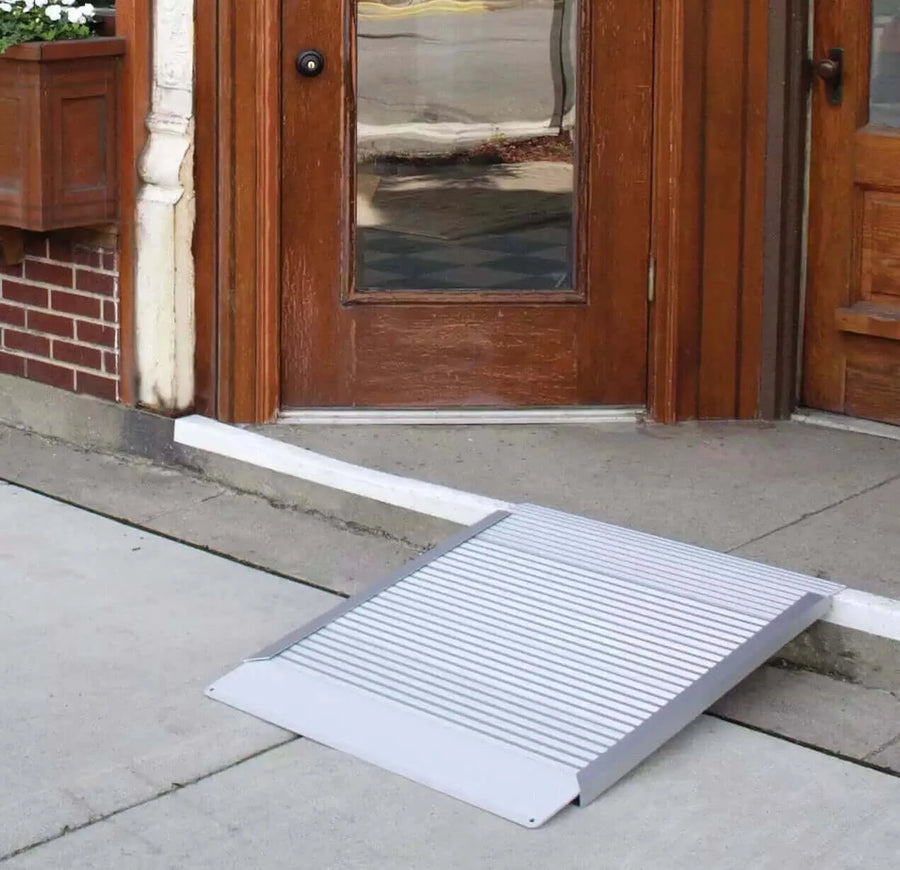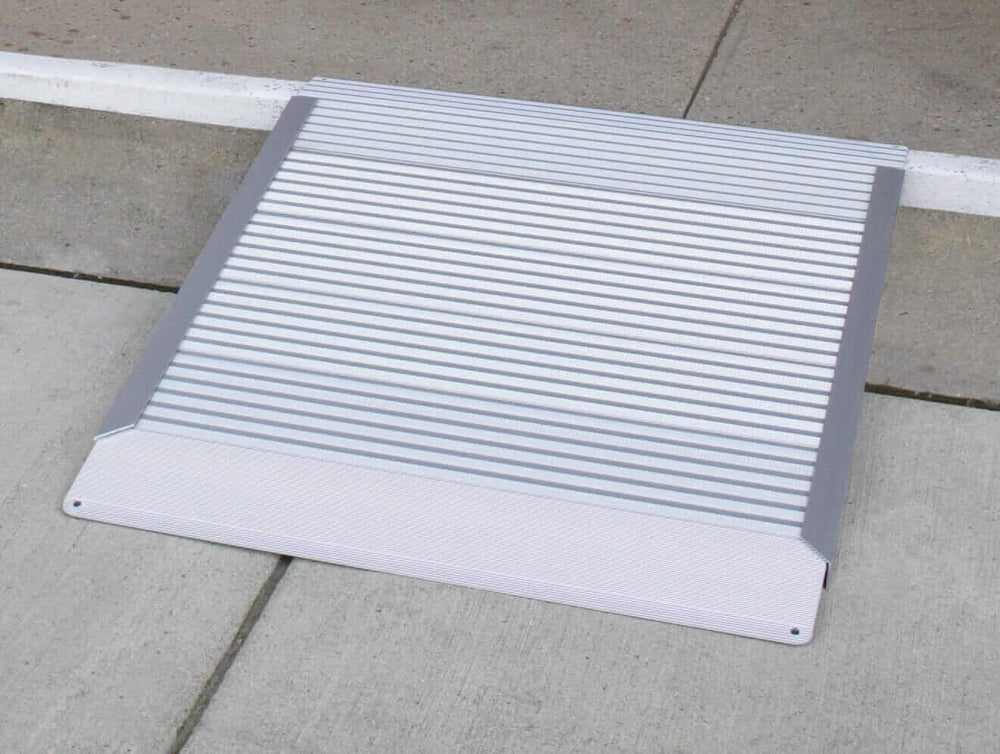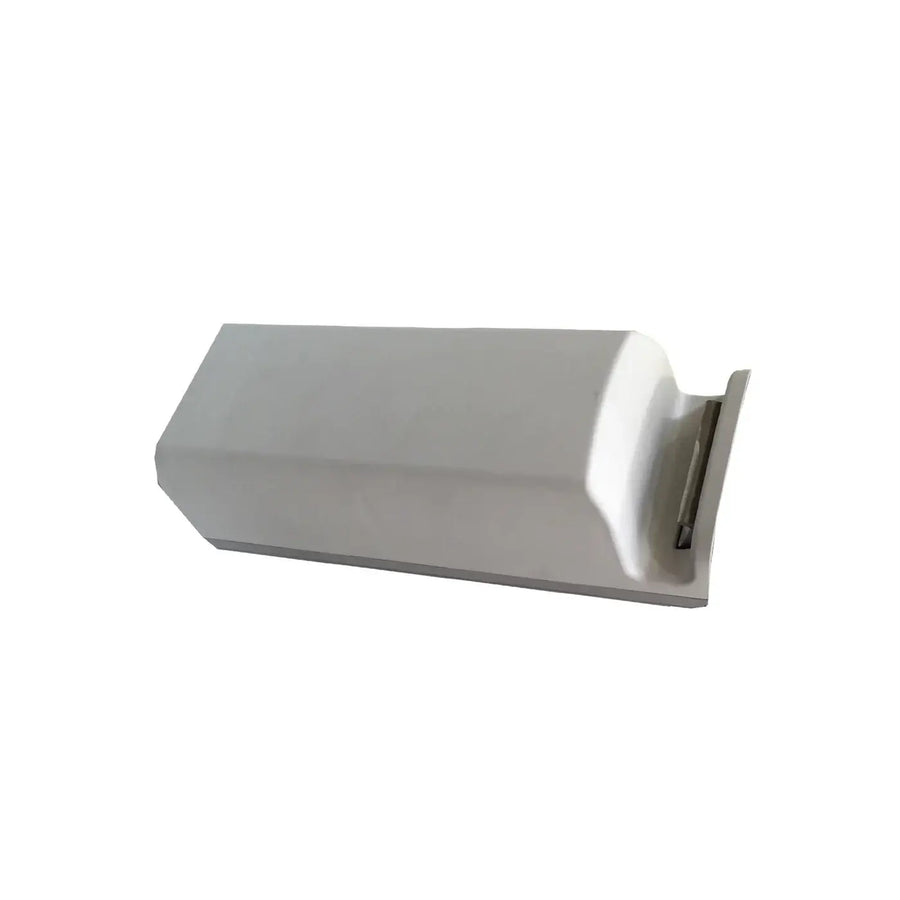Should You Wear a Patient Lift Sling to Bed?
Imagine trying to sleep in a hammock that sways with every movement; that's what it can feel like to wear a patient lift sling overnight. While it might help with alignment and reduce fall risks, there are important factors to contemplate. Skin irritation and discomfort can arise if the sling isn't fitted properly. So, should you take the plunge and wear it to bed, or is there a better option for your comfort and safety?

Understanding Patient Lift Slings
Patient lift slings are vital tools designed to safely transfer individuals with limited mobility. You use these slings in conjunction with a patient lift, which helps minimize the risk of injury for both the caregiver and the individual.
Each sling is crafted from durable materials that provide comfort and support while securely holding the person during transfers.
When selecting a sling, consider the individual's size, weight, and specific needs. You'll find various styles, including those with head and leg support, which cater to different conditions.
It's also essential to verify the sling is properly fitted and adjusted before each use, as an ill-fitting sling can lead to discomfort or falls.
Understanding how to use patient lift slings effectively can greatly enhance safety and ease during transfers, allowing for greater independence for those with limited mobility.
Benefits of Wearing a Sling to Bed
Wearing a lift sling to bed can provide several key benefits for individuals with limited mobility.
First, it helps maintain proper body alignment, reducing the risk of pressure sores and discomfort while sleeping. The sling supports your body, allowing you to rest more comfortably throughout the night.
Additionally, using a sling can ease transfers, making it simpler for caregivers to assist you when getting in and out of bed. This can lead to a more efficient morning routine and a smoother shift into your day.
Another advantage is the added security it offers; the sling keeps you securely positioned, minimizing the chance of falls during sleep.
Ultimately, wearing a lift sling to bed can enhance your overall comfort, safety, and independence, contributing positively to your quality of life.
It's crucial to consult with your healthcare provider to determine if this option is right for you.
Potential Risks of Sleeping in a Sling
While a lift sling can offer comfort and security during sleep, it's important to contemplate the potential risks involved. One major concern is skin irritation. Prolonged contact with the sling material may cause pressure sores or rashes, especially if you're sensitive to fabrics.
Additionally, sleeping in a sling can restrict your movement, leading to stiffness and discomfort upon waking.
There's also the risk of improper positioning. If the sling isn't adjusted correctly, it could lead to misalignment that strains your joints or muscles. You might even find it challenging to breathe comfortably if the sling constricts your torso.
Lastly, if you're reliant on the sling due to mobility issues, it could become a safety hazard. Should you need to reposition, getting out of the sling might be difficult and could increase the risk of falls.
Assess these risks carefully before deciding to sleep in a lift sling.
Comfort Considerations
Although comfort is an essential factor when deciding whether to sleep in a lift sling, individual preferences and needs play a significant role. You might find that certain aspects of the sling directly affect your comfort level.
Here are some considerations to keep in mind:
● Fabric and Padding: Choose a sling made from soft, breathable materials with sufficient padding to reduce pressure points.
● Fit and Size: Make certain the sling fits snugly without being too tight; an improper fit can lead to discomfort and restrict movement.
● Temperature Regulation: Some slings may trap heat; look for designs that promote airflow to help you stay cool throughout the night.
Ultimately, your comfort is paramount. If you feel uneasy or restless, it may be worth exploring alternatives or adjustments to enhance your sleeping experience.
Safety Protocols for Sling Use
When using a patient lift sling, adhering to safety protocols is vital to prevent accidents and guarantee your well-being. First, always check the sling for any signs of wear or damage before use. Ascertain it's clean and dry, as moisture can lead to slippage.
When placing the sling, make sure it's positioned correctly under the individual, providing adequate support without restricting movement. Always secure the sling to the lift properly, following the manufacturer's guidelines.
It's essential to communicate clearly with the person being lifted, ensuring they're aware of the process. During the lift, maintain a stable stance and use smooth, controlled movements to prevent sudden jerks.
Lastly, regularly assess the weight limits specified for your sling and lift, and never exceed them. Following these protocols will help you safely use the sling and protect both yourself and the person you're assisting.
Alternatives to Sleeping in a Sling
If you're looking for alternatives to sleeping in a sling, several options can enhance comfort and safety. Here are a few suggestions that might work for you:
● Adjustable Bed: Consider using an adjustable bed that allows you to elevate or recline your position, providing support while reducing pressure points.
● Specialized Mattresses: Invest in a pressure-relieving mattress designed to contour to your body, helping to distribute weight evenly and reduce discomfort during sleep.
● Positioning Cushions: Use supportive positioning cushions or wedges to maintain proper alignment and prevent rolling, ensuring you stay comfortable throughout the night.
These alternatives can help you achieve a more restful sleep without relying on a sling.
Always consult with a healthcare professional to determine the best options for your specific needs.
Personal Preferences and Individual Needs
Understanding your personal preferences and individual needs is essential when deciding whether to wear a patient lift sling to bed. Comfort plays a significant role in your choice. If you find the sling restrictive or uncomfortable, you might prefer to sleep without it.
Consider your mobility and safety too. If you feel more secure in the sling, that might sway your decision.
Think about your sleeping position. If you're used to moving freely while you sleep, the sling could hinder that. On the other hand, if you require stability during the night, it could provide peace of mind.
You should also assess any skin sensitivities or allergies to materials used in the sling. Ultimately, it's about what makes you feel most at ease.
Take time to weigh your options, and don't rush the decision. Your comfort and safety should always come first.
Consulting With Healthcare Professionals
Speaking with healthcare professionals can provide valuable insights when deciding whether to wear a patient lift sling to bed. They can assess your unique situation and recommend what's best for your comfort and safety.
Here are some factors they might consider:
● Skin Integrity: They'll evaluate if wearing a sling could cause skin irritation or pressure sores during the night.
● Mobility Needs: They'll discuss your mobility levels and whether a sling will support your movements or hinder them while you sleep.
● Sleep Quality: They might consider how a sling could impact your overall comfort and sleep quality, ensuring you get the rest you need.
Consulting with healthcare professionals not only helps you make an informed decision but also gives you peace of mind.
Don't hesitate to reach out to them; their expertise can guide you toward the best choice for your health and well-being.






